QuestionHi Mate
i was wondering, from your experiance if you have any tips to tell the sex of sun conuers? i am aware of DNA testing but its costs alot in UK. i have 2 sun conuers of same age roughly, i beleive they are a pair but basing that totally on the fact that they quite often join their beaks and kiss and also that 1 is bit fatter then other and loves to be held, bit lazy and doesnt talk much. where as the 2nd one loves the attention, always talking and fairly aggressive.
i would appreicate your advice.
thanks
AnswerHello John, thanks for writing!
First, might I suggest contacting a lab in the UK directly instead of taking your bird to an avian vet or bird shop to have them tested. Vets and stores often tack on extra costs, whereas contacting a lab can be significantly cheaper. You contact the lab and ask them for an avian DNA test kit which is usually free. They will send you a kit and if you're brave enough, you can clip one of your birds toenails a little shorter than usual so it bleeds slightly. You rub the toe onto a card, fill out the information and send the card back to the lab.
Just be sure you have syptic powder on hand to apply to the bleeding toenail to stop the bleeding. The best way is to scoop up a good chunk of syptic powder on the tip of your finger, apply it to the end of the toe and allow the blood to absorb the powder at first... then tap/pack more powder on the end of the toenail. Trimming toenails normally does not require much be taken off at all so too it does not take very much more to cause the toe to bleed, so be careful. If you are wary of this process in any way, then I would advise against it.
There is also a way to send in a feather, but I'm not familiar with this technique, so you may want to call the lab or research this option on the internet. If it involves plucking an actual blood feather at all, I would advise against that as that can quickly turn into a scary situation should you not be able to stop the bleeding or accidently break the blood feather.
Just in case, here is a link to a lab in the UK with great information on the process including blood vs. feather.
http://www.avianbiotech.co.uk/mainEN.htm
http://www.avianbiotech.co.uk/pricing.htm
A couple of other labs in the UK:
http://www.laboklin.co.uk/
http://www.biobest.co.uk/
There are two possible ways you MAY be able to determine the sex of each of your birds, but mind you, both are not foolproof by any means.
The first is more reliable if your birds have already reached sexual maturity which takes place in conures around 3 - 5 years of age. If your bird allows you to touch him/her anywhere, this shouldn't be too hard. On the underside of the belly is the vent (the opening where the poo comes out), just past that towards the tail, if you gently press your finger in that area you should feel the pelvic bone. It should feel like two small (a few centimeters) thin bones. If the bones are close together, it's likely you have a boy. If they are farther apart, it's likely a girl. Girl's pelvic bones are farther apart to allow for egg passage when laying eggs. Be sure you do this very carefully as you can cause harm if done too roughly or if your bird struggles. Bird bones are hollow to allow for optimal flight so they are fairly fragile.
The reason this is definitely not completely accurate is that young males can have pelvic bones as wide as females and young females can have bones closer together. However, when the bird matures and hits sexual maturity (usually between 3 - 5 years for most species) the bones are at the appropriate spacing for a male or female. Even then, it's not completely accurate.
The second possible way is by observing each birds behavior as you seem to have done. Females in a pairs tend to be protective of their territory or nests, which can be the entire cage. Males tend to feed the females. And the most obvious sexual behavior to determine sex is if copulation takes place. The male mounts the female on her back, while she lowers her head and raises her tail feathers high in the air. The male will grip her wing feathers with each foot and then they will rub their vents together. Once mating has taken place, this is when the female will get protective of the cage, her mate and any nesting areas within the cage (which can even be a happy hut!). She'll also begin other nesting behaviors... building a nest, collecting materials.
The kissing you see is not indicative of the sex of either bird. I know bonded pairs of same sex birds that practice "kissing" or beaking as well as regurgitation (feeding each other) and preening each others feathers. Male or female conures are not known to be more cuddly than the other. How affectionate they are is based on the individual bird, for the most part. :-)
Well, I hope this information has helped you. Feel free to contact me again should you have any further questions or concerns.
Take care,
Jenn
ProudParronting

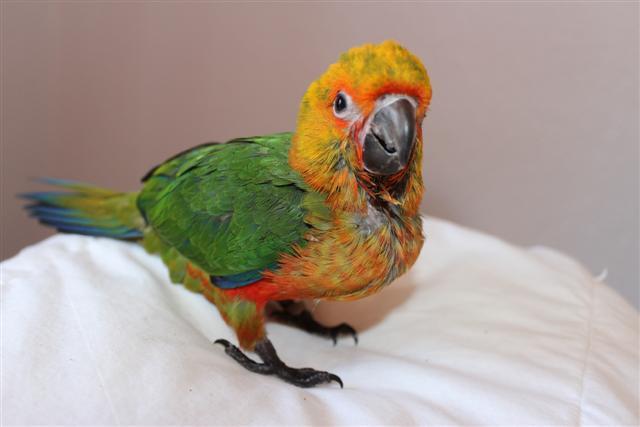 Jenday Conure Weaning?
Question
Castor the Conure
Hi
I have a 9 week o
Jenday Conure Weaning?
Question
Castor the Conure
Hi
I have a 9 week o
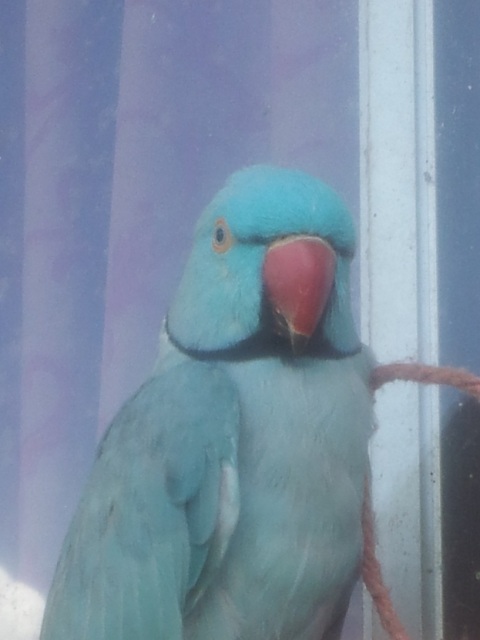 RE: Indian Ringneck probems
Question
Indy our Ringneck
Thank you for your he
RE: Indian Ringneck probems
Question
Indy our Ringneck
Thank you for your he
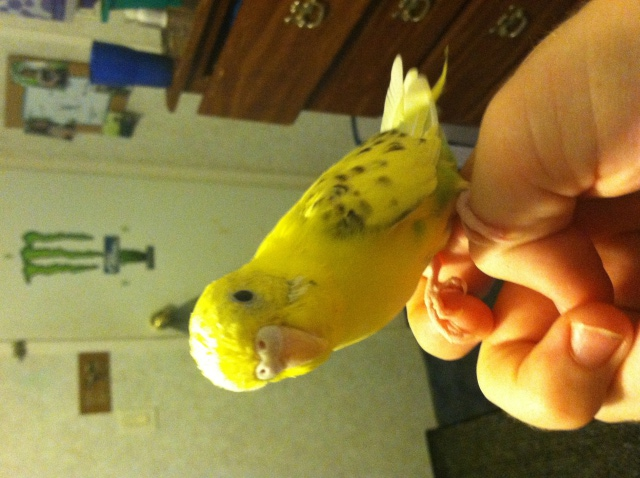 Parakeet gender
Question
Parakeet
Hi, I looked for an expert und
Parakeet gender
Question
Parakeet
Hi, I looked for an expert und
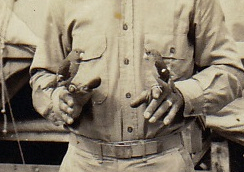 ID Birds
Question
Panama Birds
My uncle served in Panama in 1941
ID Birds
Question
Panama Birds
My uncle served in Panama in 1941
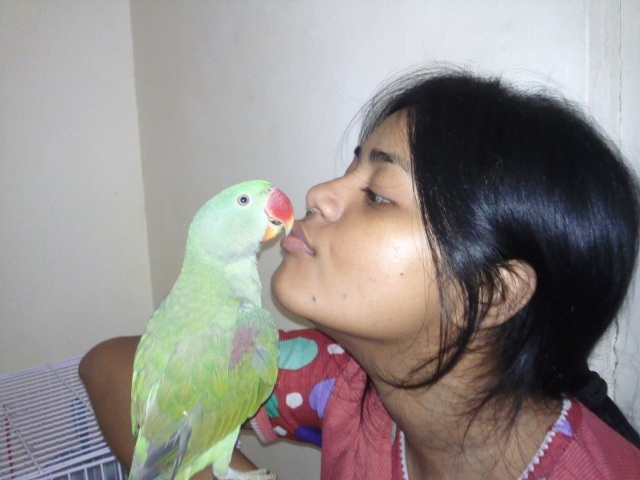 can i give my parrot chole(chana) called in hindi
Question
my little chaddi alexa
dear sir,
can give chan
can i give my parrot chole(chana) called in hindi
Question
my little chaddi alexa
dear sir,
can give chan